
epa05695214 South African members of the Cape Minstrel bands attend the annual 'Tweede Nuwe Yaar’ (second new year) carnival through the streets of Cape Town, South Africa, 02 January 2017. This yearly parade dates back to the mid nineteenth century when the slaves in Cape Town were granted by their colonial masters one day off in the year. To celebrate, groups would dress up as minstrels, waving parasols, strumming banjos, making music, dancing and parading from the District Six area through to the city centre. Many of the songs still sung today date back to the 1800s. EPA/NIC BOTHMA Dostawca: PAP/EPA.
RPA: karnawałowy Drugi Nowy Rok
W Republice Południowej Afryki obchodzony jest 'Tweede Nuwe Yaar’, czyli Drugi Nowy Rok. Jest to karnawał, który obchodzi się na ulicach Kapsztadu. Tematyka tegorocznej parady nawiązuje do połowy XIXw., kiedy to właściciele ziemscy pozwalali raz do roku swoim niewolnikom na dzień wolny. Uczestnicy tańczą i muzykują ubrani w kolorowe przebrania. Fot. PAP/EPA/NIC BOTHMA
- epaselect epa05695204 South African members of the Cape Minstrel bands attend the annual 'Tweede Nuwe Yaar’ (second new year) carnival through the streets of Cape Town, South Africa, 02 January 2017. This yearly parade dates back to the mid nineteenth century when the slaves in Cape Town were granted by their colonial masters one day off in the year. To celebrate, groups would dress up as minstrels, waving parasols, strumming banjos, making music, dancing and parading from the District Six area through to the city centre. Many of the songs still sung today date back to the 1800s. EPA/NIC BOTHMA Dostawca: PAP/EPA.
- epa05695206 South African members of the Cape Minstrel bands attend the annual 'Tweede Nuwe Yaar’ (second new year) carnival through the streets of Cape Town, South Africa, 02 January 2017. This yearly parade dates back to the mid nineteenth century when the slaves in Cape Town were granted by their colonial masters one day off in the year. To celebrate, groups would dress up as minstrels, waving parasols, strumming banjos, making music, dancing and parading from the District Six area through to the city centre. Many of the songs still sung today date back to the 1800s. EPA/NIC BOTHMA Dostawca: PAP/EPA.
- epa05695207 South African members of the Cape Minstrel bands attend the annual 'Tweede Nuwe Yaar’ (second new year) carnival through the streets of Cape Town, South Africa, 02 January 2017. This yearly parade dates back to the mid nineteenth century when the slaves in Cape Town were granted by their colonial masters one day off in the year. To celebrate, groups would dress up as minstrels, waving parasols, strumming banjos, making music, dancing and parading from the District Six area through to the city centre. Many of the songs still sung today date back to the 1800s. EPA/NIC BOTHMA Dostawca: PAP/EPA.
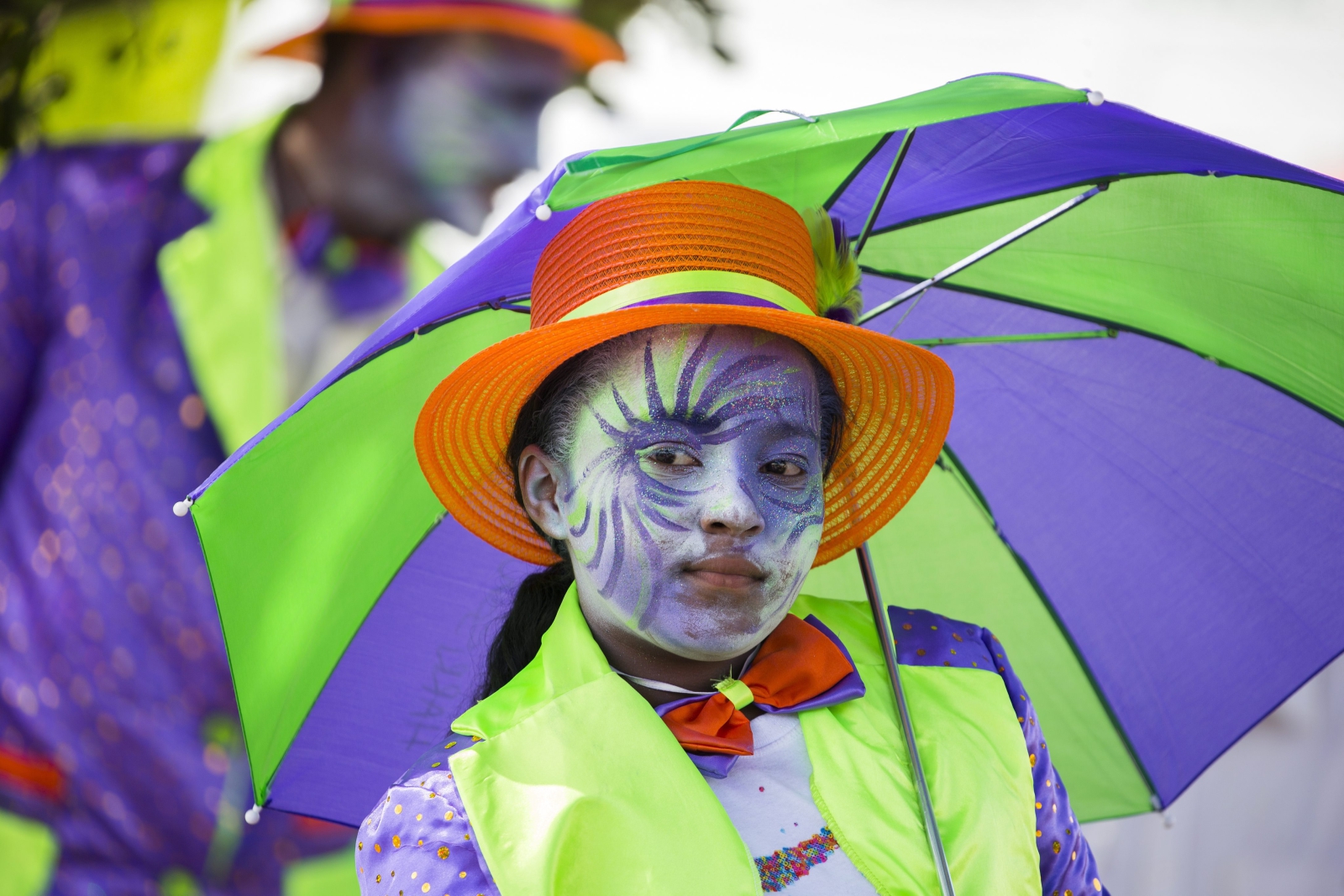
- epa05695214 South African members of the Cape Minstrel bands attend the annual 'Tweede Nuwe Yaar’ (second new year) carnival through the streets of Cape Town, South Africa, 02 January 2017. This yearly parade dates back to the mid nineteenth century when the slaves in Cape Town were granted by their colonial masters one day off in the year. To celebrate, groups would dress up as minstrels, waving parasols, strumming banjos, making music, dancing and parading from the District Six area through to the city centre. Many of the songs still sung today date back to the 1800s. EPA/NIC BOTHMA Dostawca: PAP/EPA.
- epa05695245 South African members of the Cape Minstrel bands attend the annual 'Tweede Nuwe Yaar’ (second new year) carnival through the streets of Cape Town, South Africa, 02 January 2017. This yearly parade dates back to the mid nineteenth century when the slaves in Cape Town were granted by their colonial masters one day off in the year. To celebrate, groups would dress up as minstrels, waving parasols, strumming banjos, making music, dancing and parading from the District Six area through to the city centre. Many of the songs still sung today date back to the 1800s. EPA/NIC BOTHMA Dostawca: PAP/EPA.
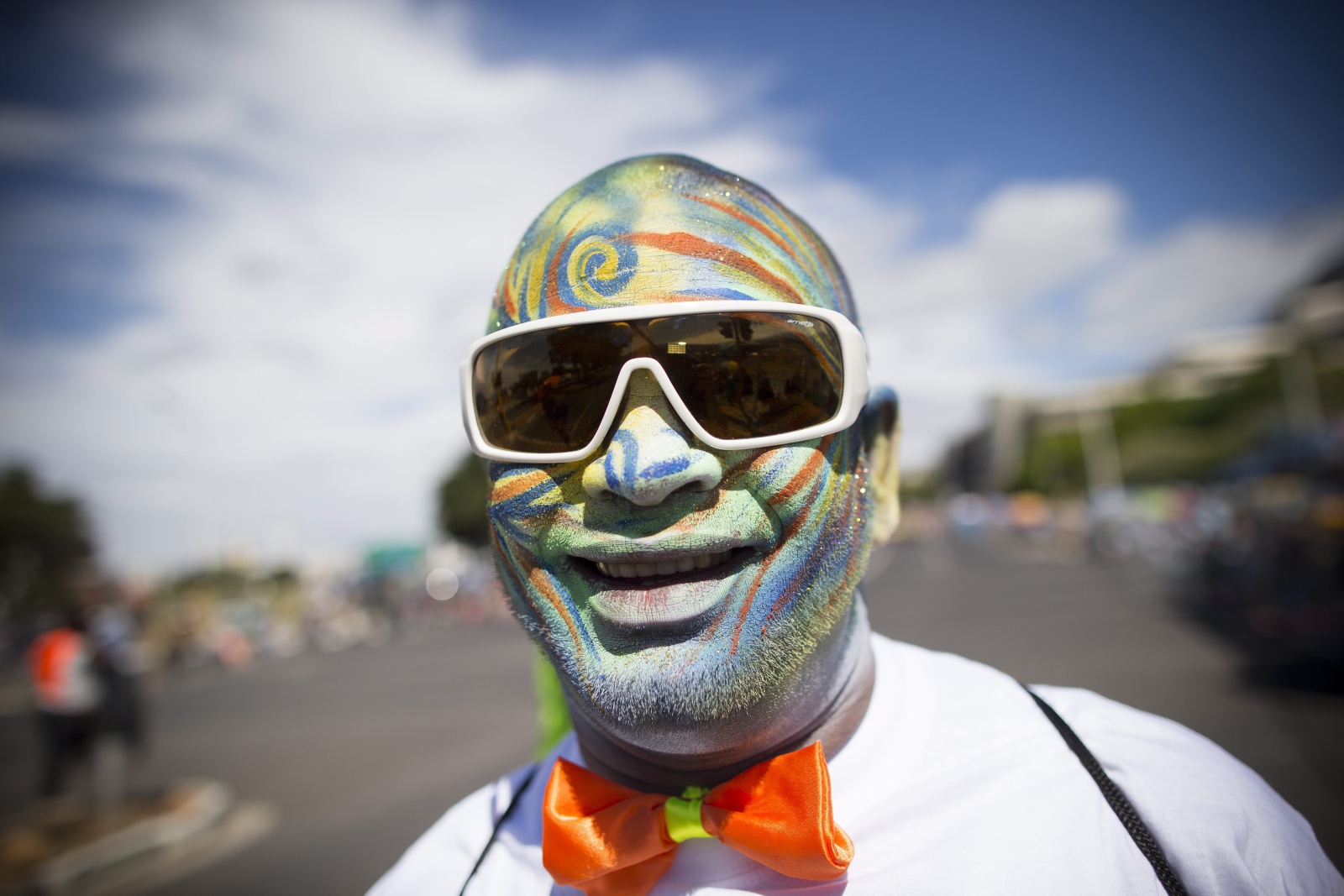
- epa05695248 South African members of the Cape Minstrel bands attend the annual 'Tweede Nuwe Yaar’ (second new year) carnival through the streets of Cape Town, South Africa, 02 January 2017. This yearly parade dates back to the mid nineteenth century when the slaves in Cape Town were granted by their colonial masters one day off in the year. To celebrate, groups would dress up as minstrels, waving parasols, strumming banjos, making music, dancing and parading from the District Six area through to the city centre. Many of the songs still sung today date back to the 1800s. EPA/NIC BOTHMA Dostawca: PAP/EPA.
- epa05695249 South African members of the Cape Minstrel bands attend the annual 'Tweede Nuwe Yaar’ (second new year) carnival through the streets of Cape Town, South Africa, 02 January 2017. This yearly parade dates back to the mid nineteenth century when the slaves in Cape Town were granted by their colonial masters one day off in the year. To celebrate, groups would dress up as minstrels, waving parasols, strumming banjos, making music, dancing and parading from the District Six area through to the city centre. Many of the songs still sung today date back to the 1800s. EPA/NIC BOTHMA Dostawca: PAP/EPA.

- epa05695251 South African members of the Cape Minstrel bands attend the annual 'Tweede Nuwe Yaar’ (second new year) carnival through the streets of Cape Town, South Africa, 02 January 2017. This yearly parade dates back to the mid nineteenth century when the slaves in Cape Town were granted by their colonial masters one day off in the year. To celebrate, groups would dress up as minstrels, waving parasols, strumming banjos, making music, dancing and parading from the District Six area through to the city centre. Many of the songs still sung today date back to the 1800s. EPA/NIC BOTHMA Dostawca: PAP/EPA.
- epa05695269 South African members of the Cape Minstrel bands attend the annual 'Tweede Nuwe Yaar’ (second new year) carnival through the streets of Cape Town, South Africa, 02 January 2017. This yearly parade dates back to the mid nineteenth century when the slaves in Cape Town were granted by their colonial masters one day off in the year. To celebrate, groups would dress up as minstrels, waving parasols, strumming banjos, making music, dancing and parading from the District Six area through to the city centre. Many of the songs still sung today date back to the 1800s. EPA/NIC BOTHMA Dostawca: PAP/EPA.









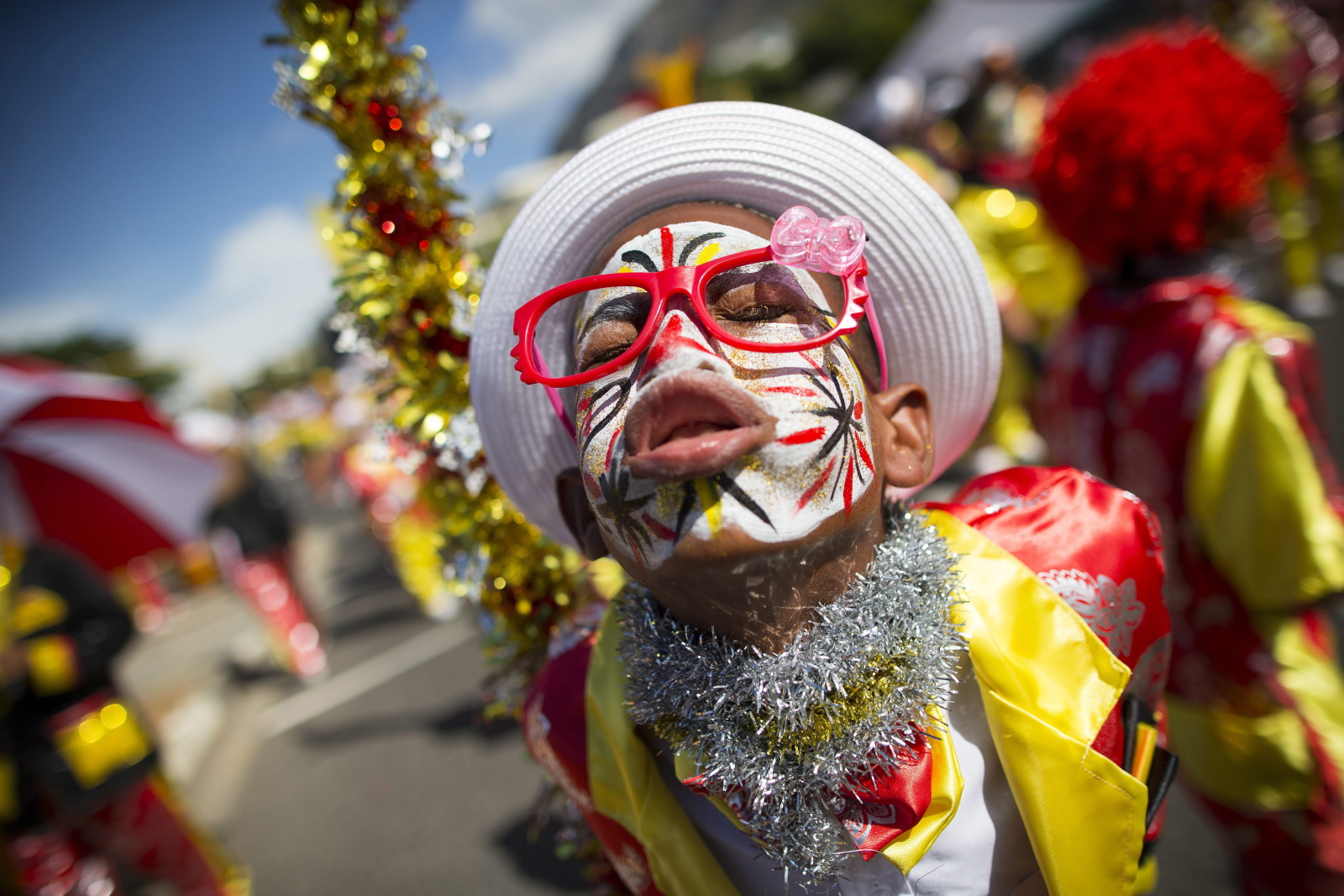
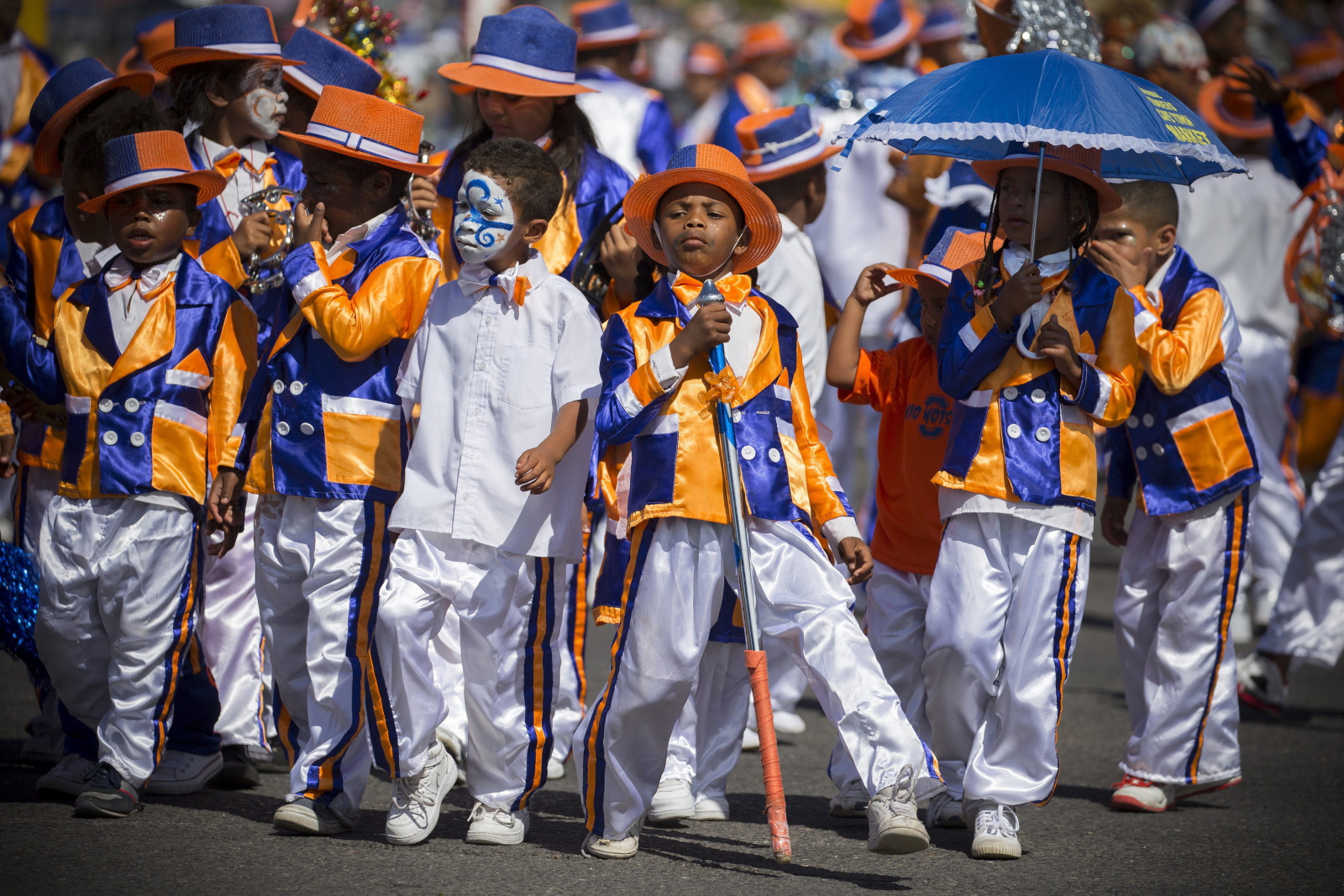
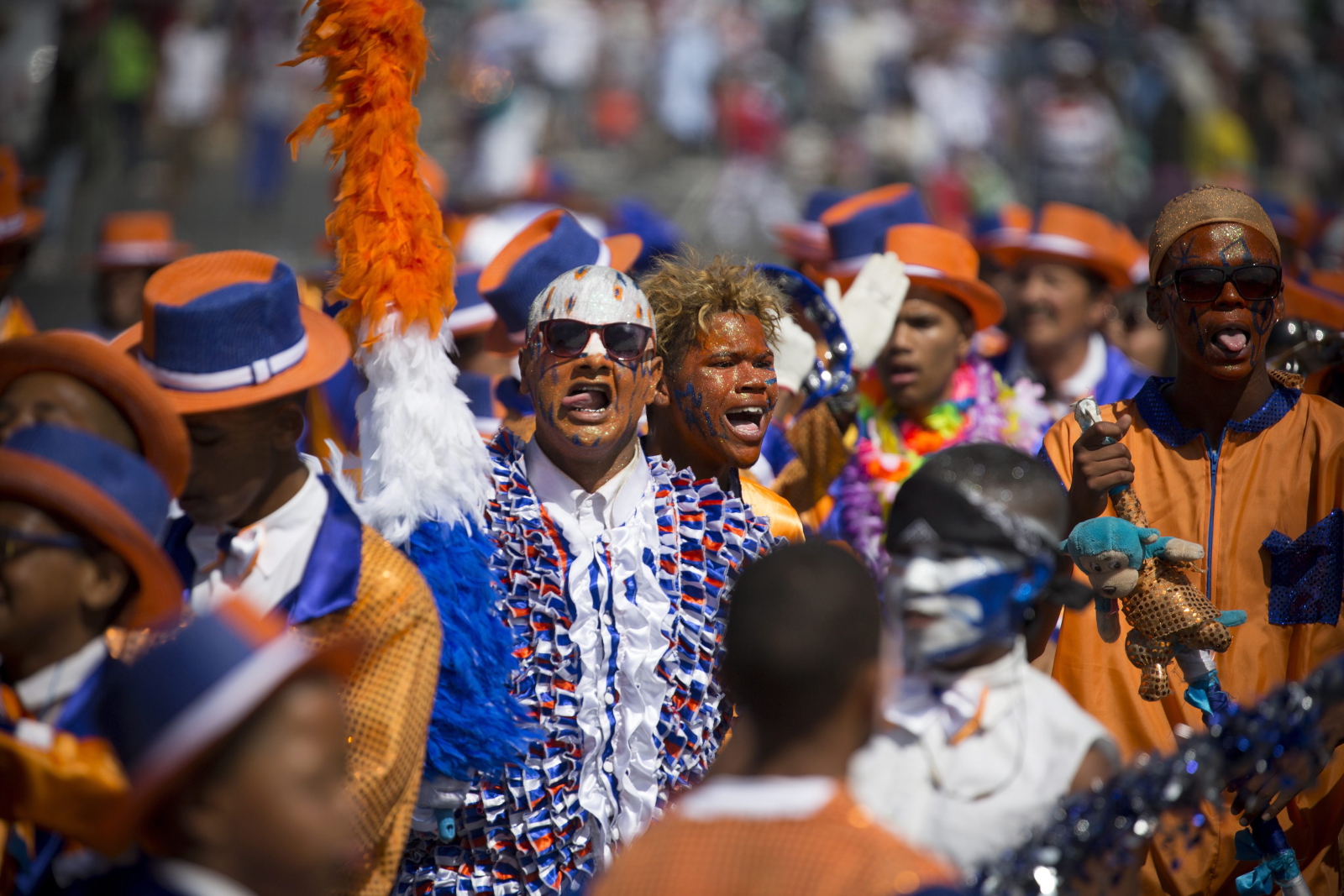

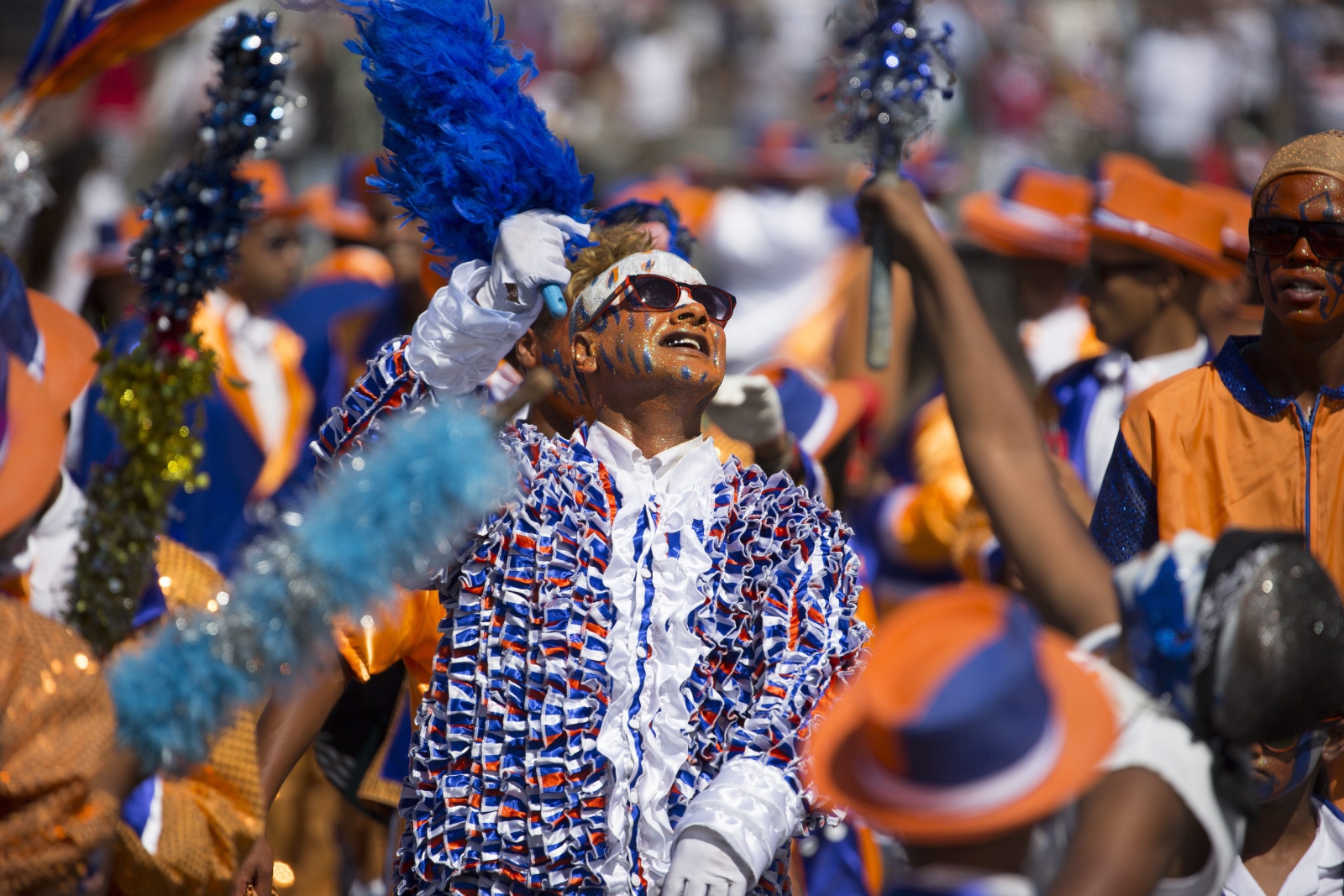

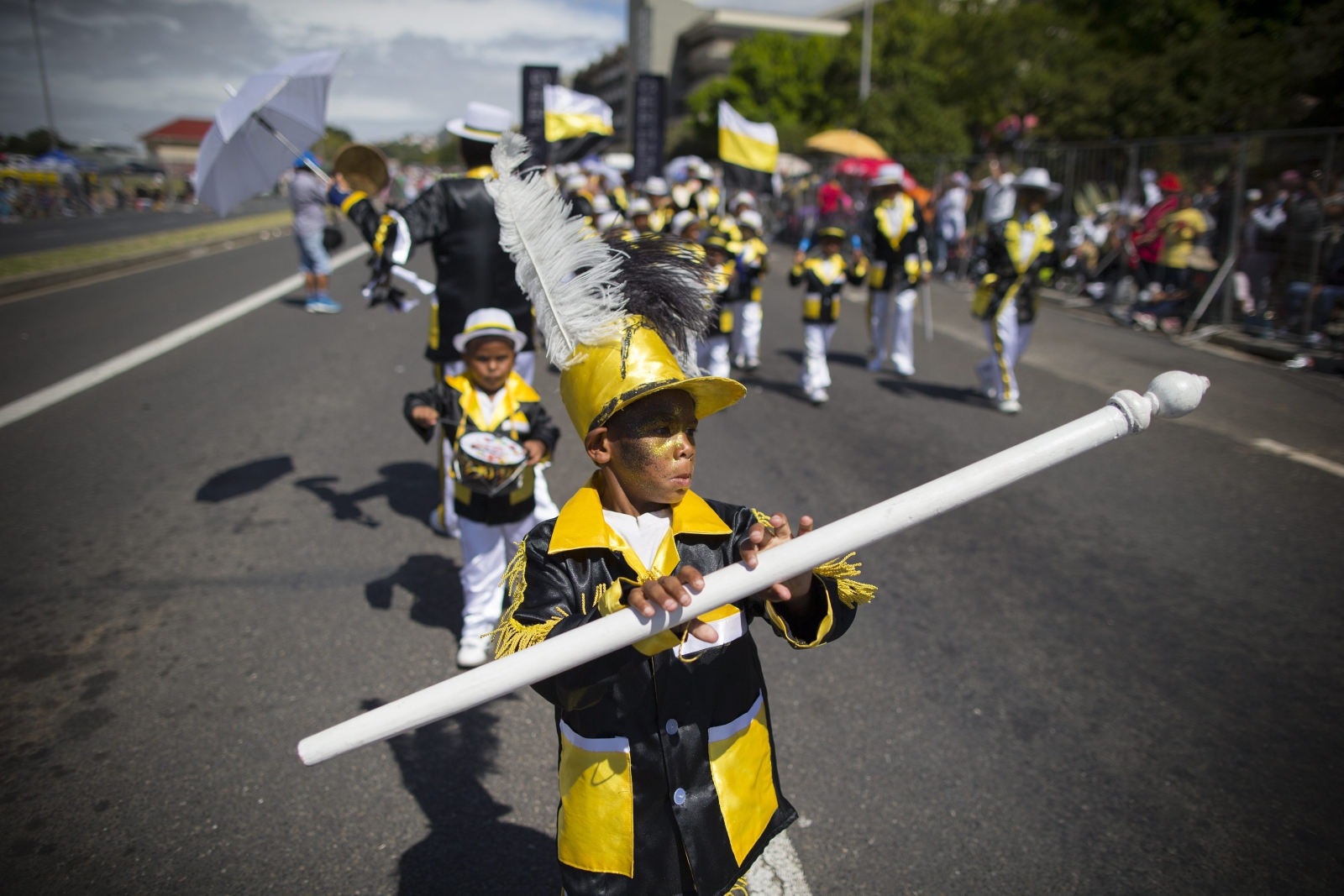
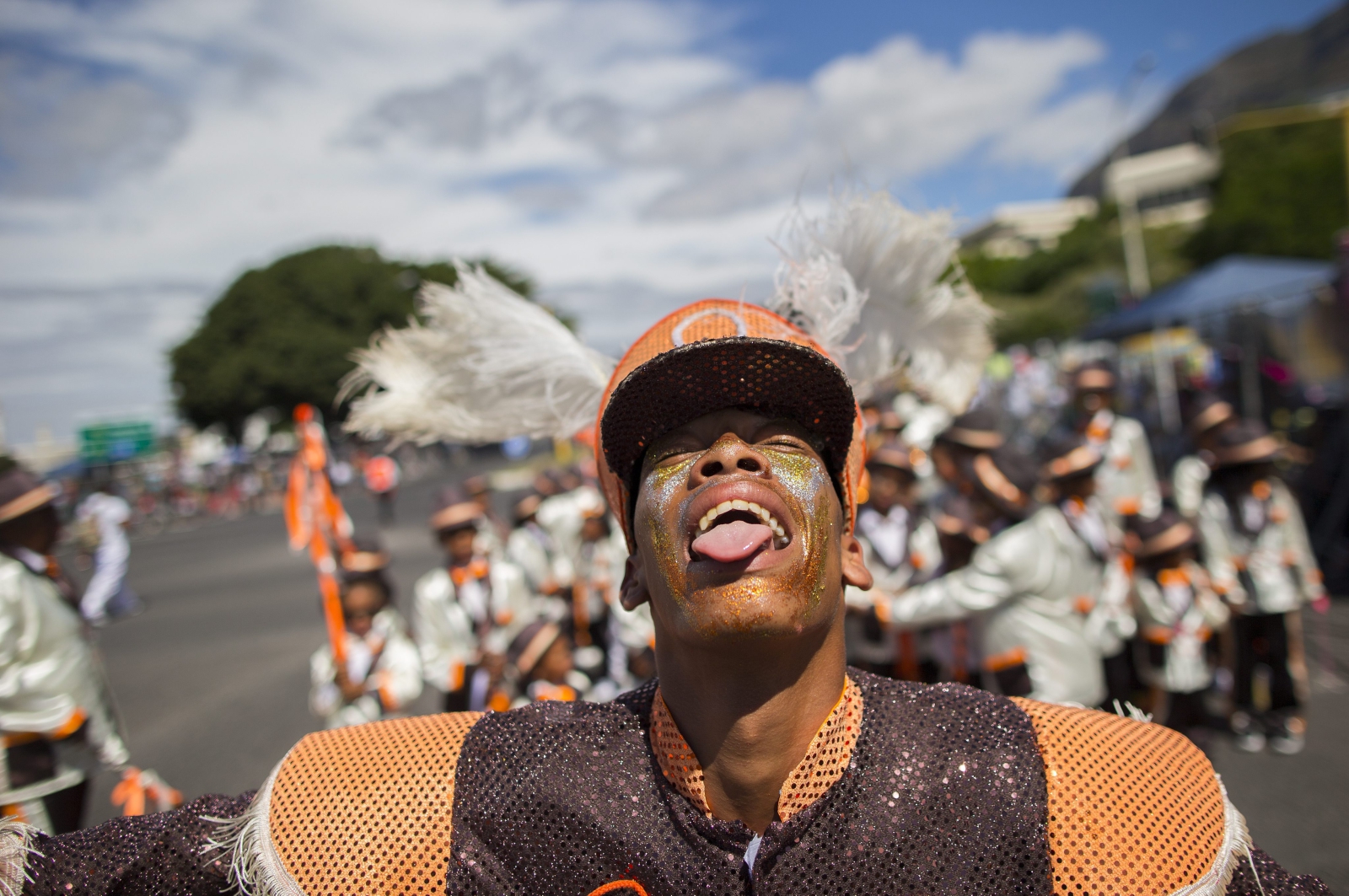
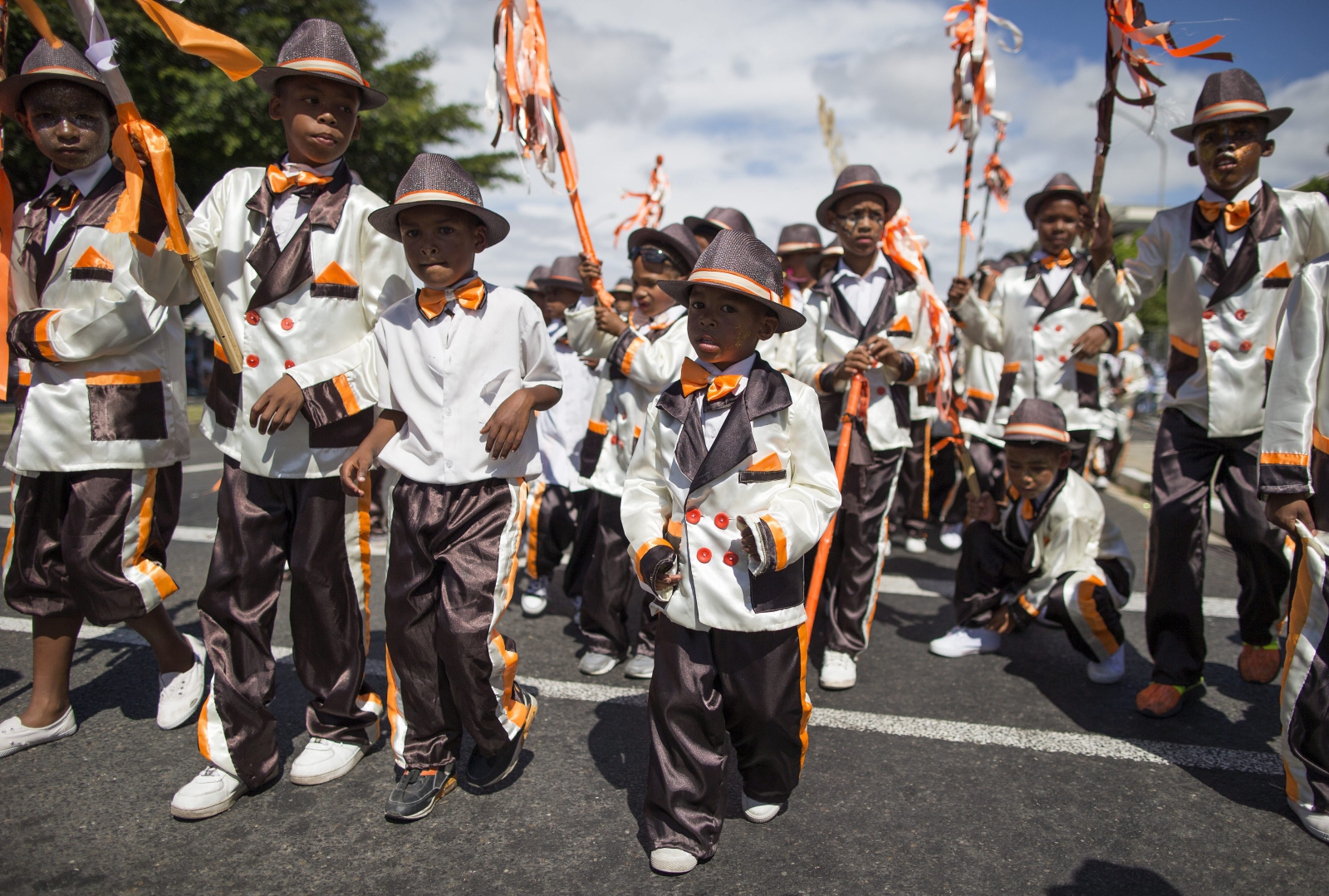
















 Wiadomości
Wiadomości Wideo
Wideo Modlitwy
Modlitwy Sklep
Sklep Kalendarz liturgiczny
Kalendarz liturgiczny